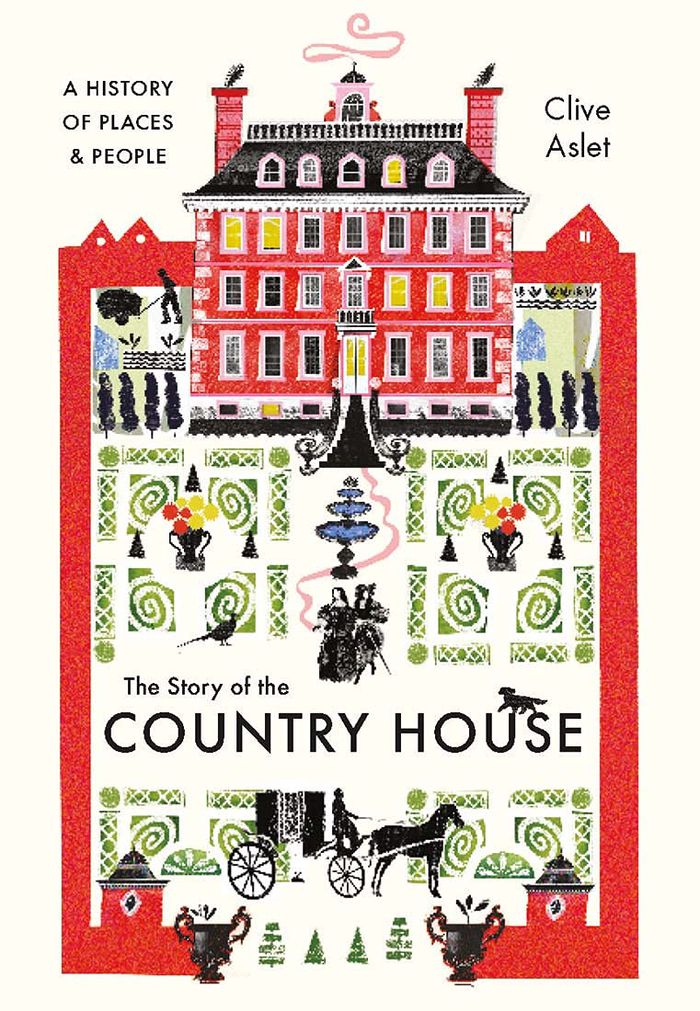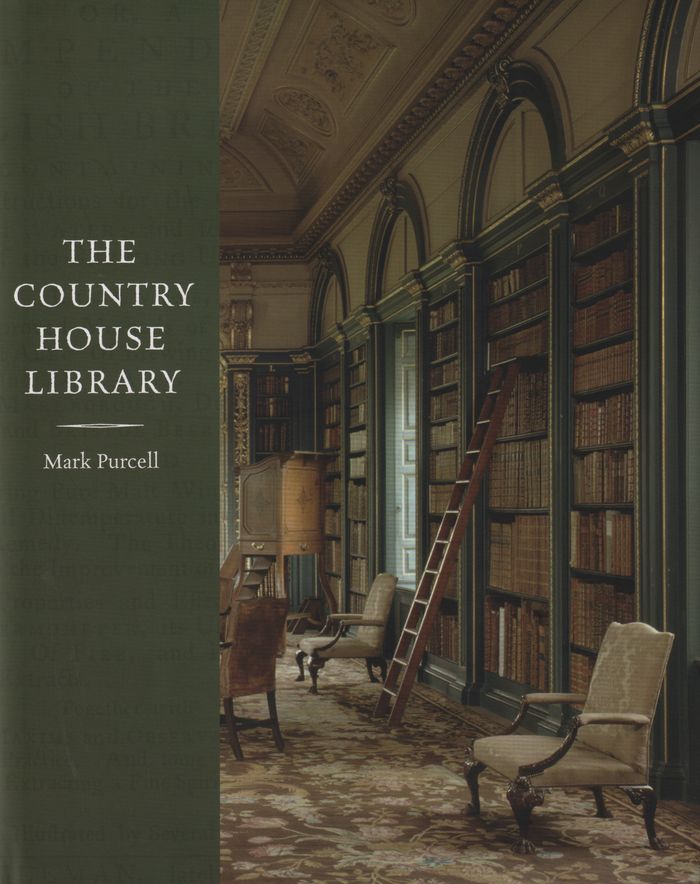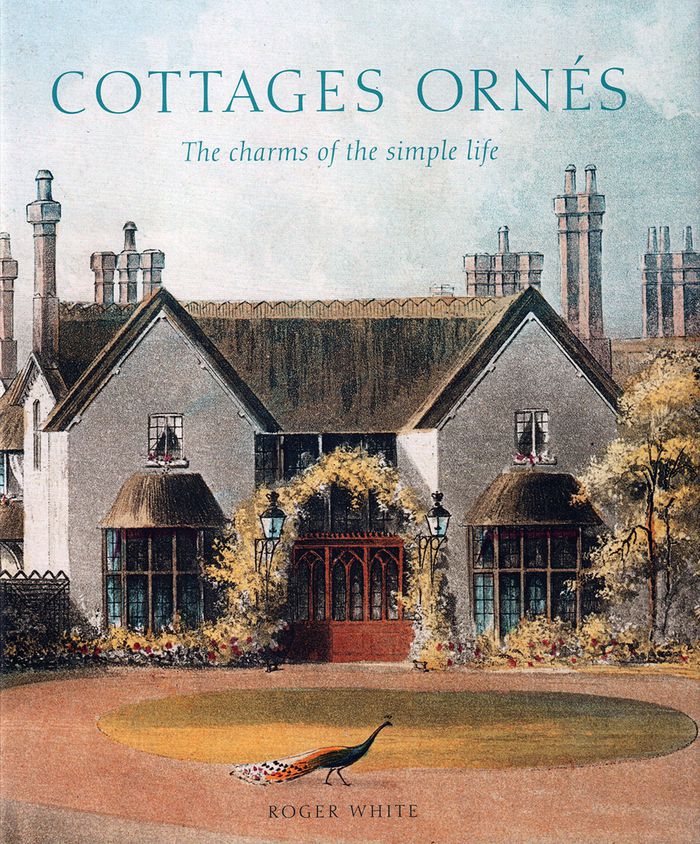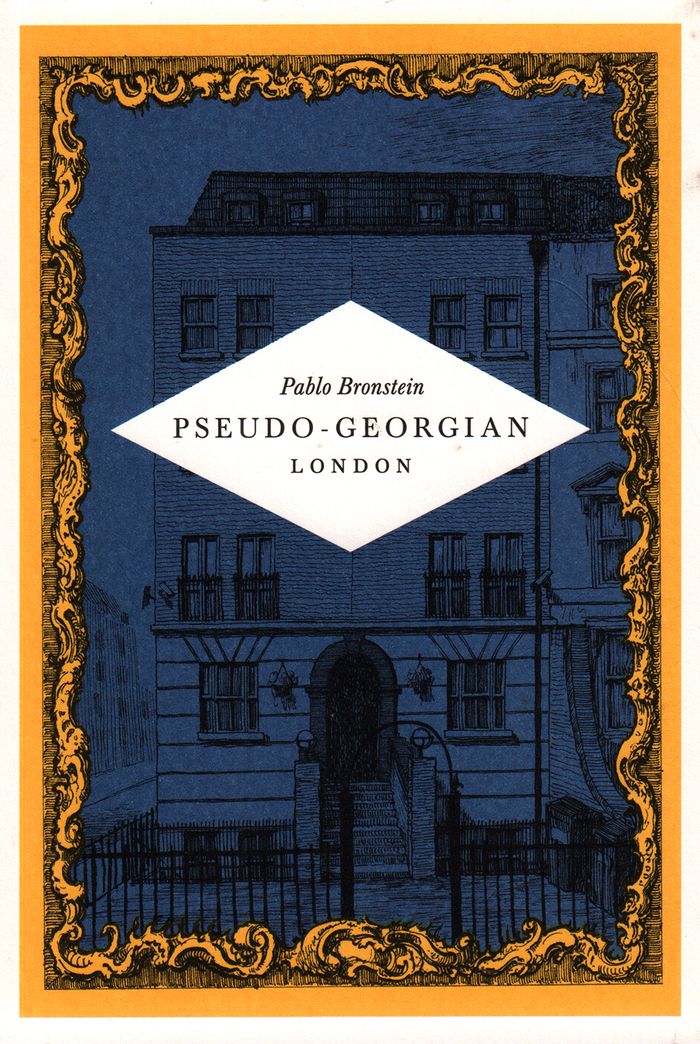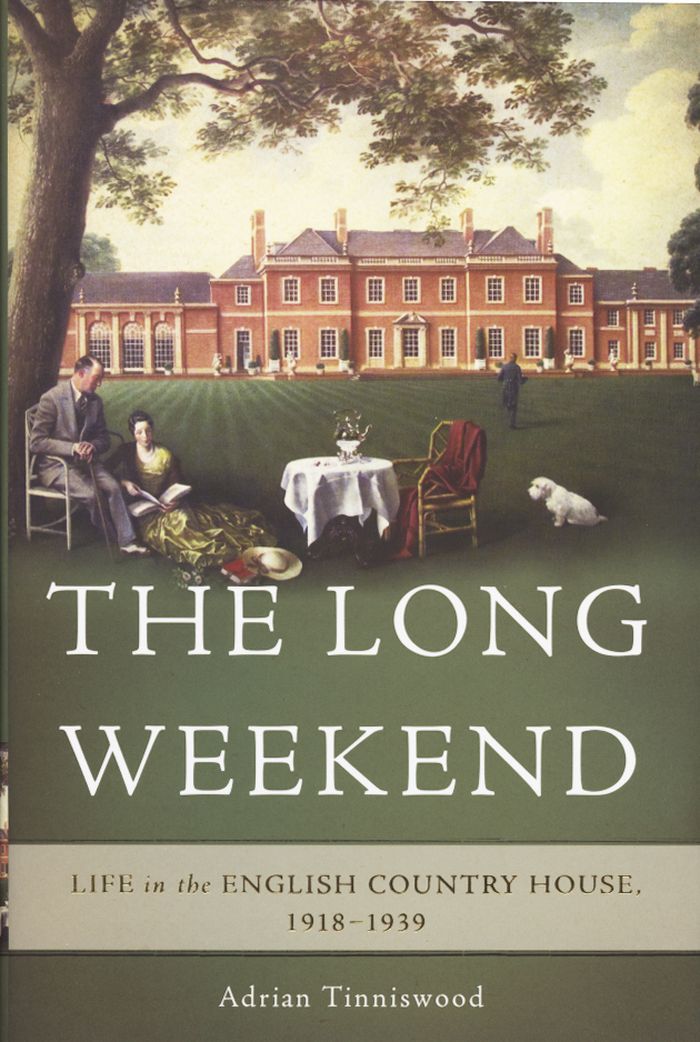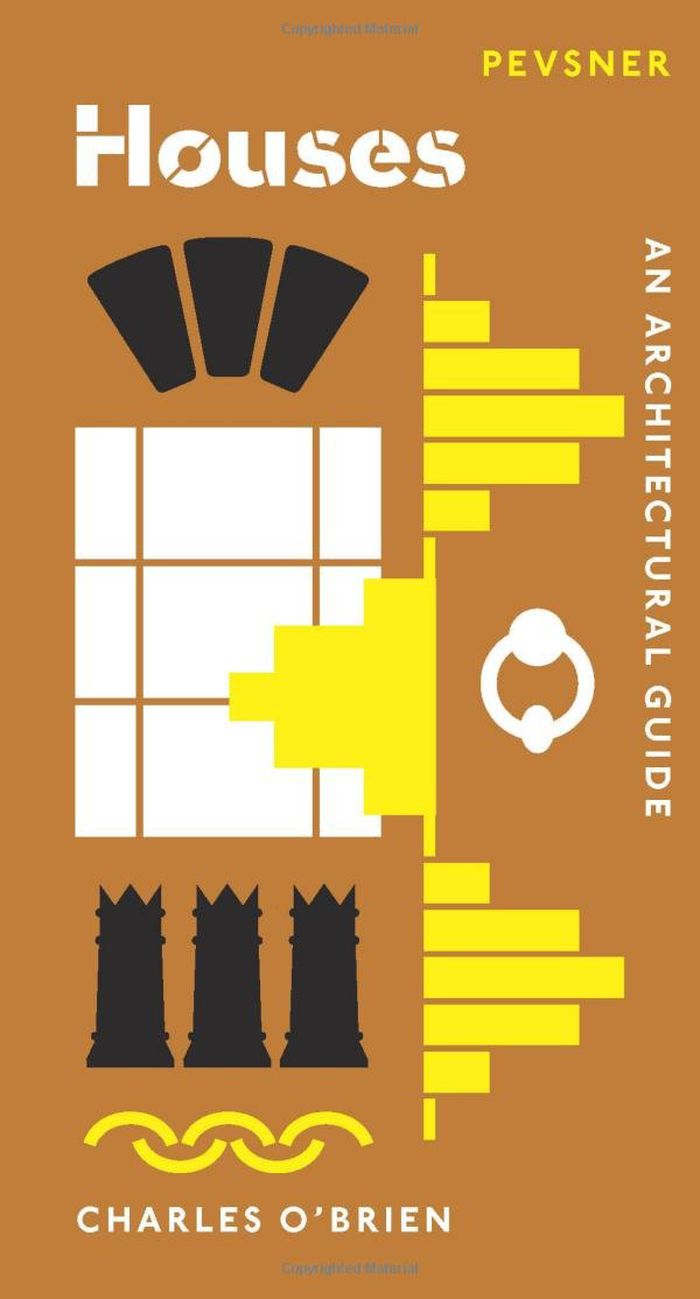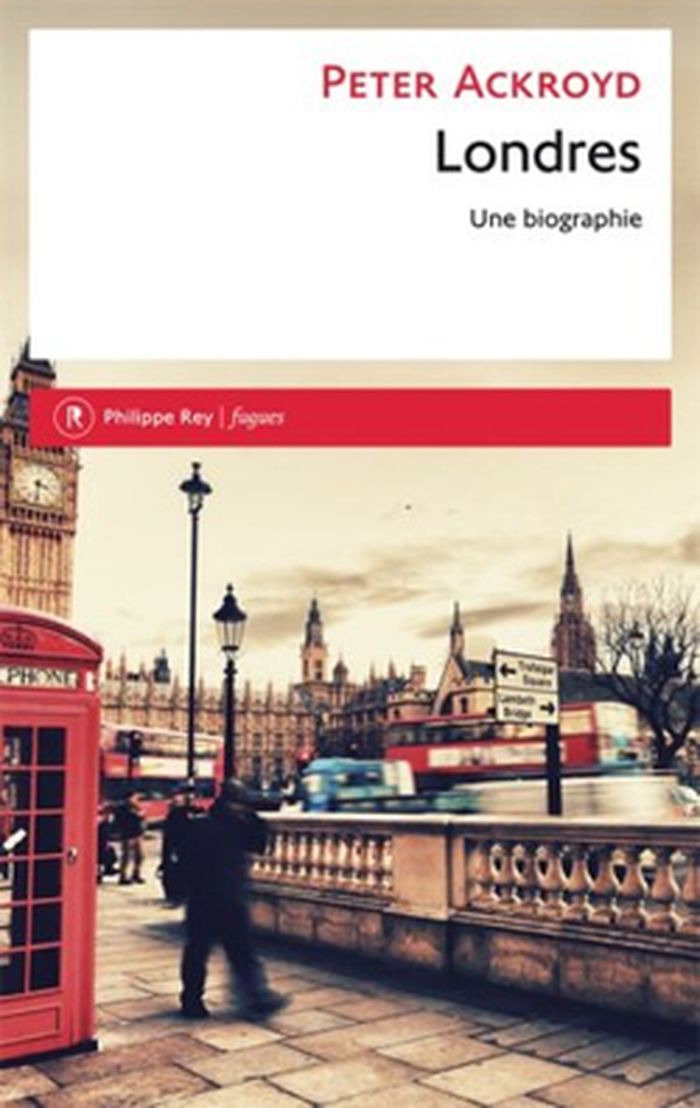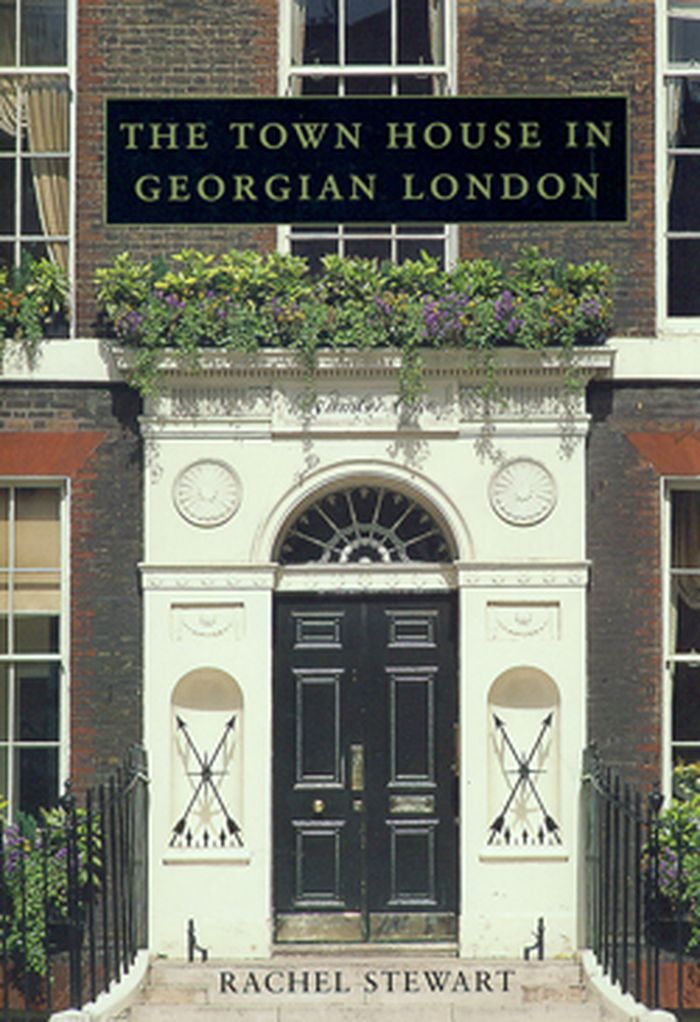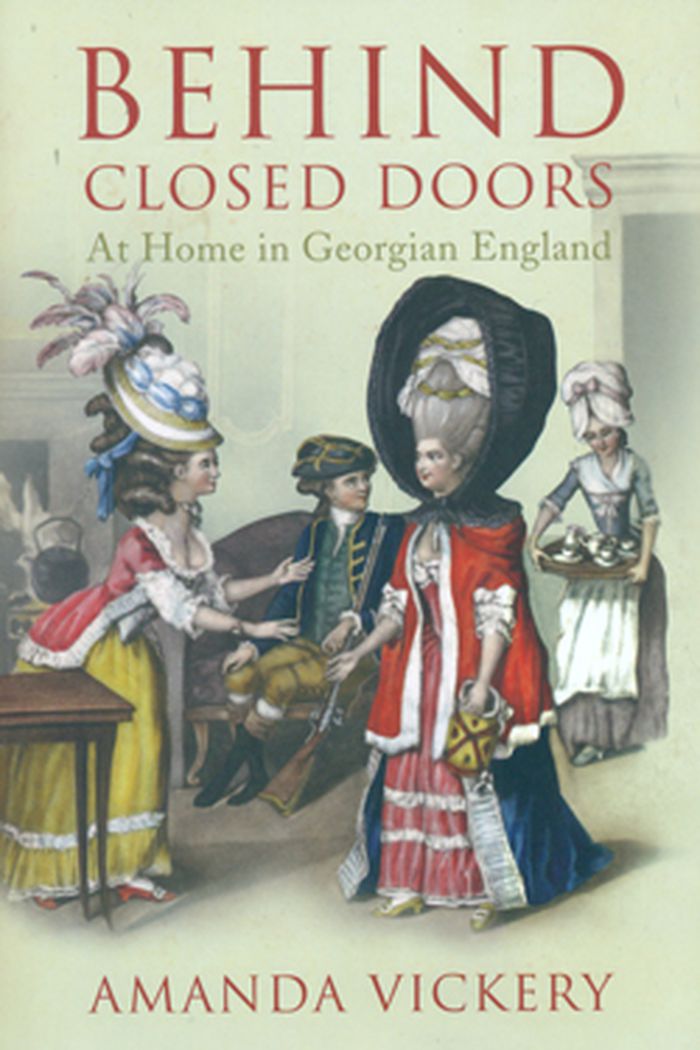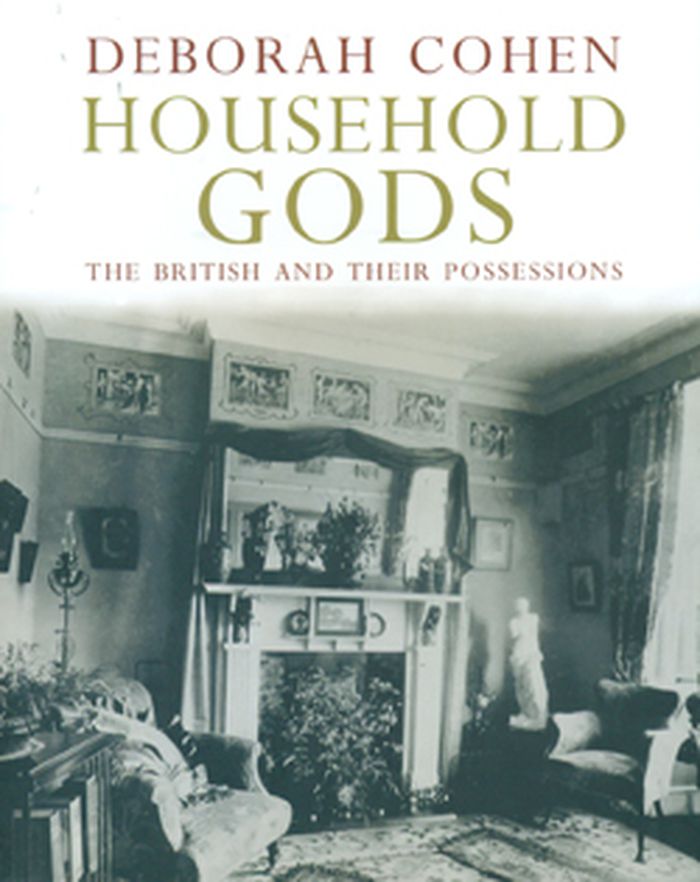$35.00
(available to order)
Summary:
The Story of the Country House is an authoritative and vivid account of the British country house, exploring how they have evolved with the changing political and economic landscape. Clive Aslet reveals the captivating stories behind individual houses, their architects, and occupants, and paints a vivid picture of the wider context in which the country house in Britain(...)
The story of the country house
Actions:
Price:
$35.00
(available to order)
Summary:
The Story of the Country House is an authoritative and vivid account of the British country house, exploring how they have evolved with the changing political and economic landscape. Clive Aslet reveals the captivating stories behind individual houses, their architects, and occupants, and paints a vivid picture of the wider context in which the country house in Britain flourished and subsequently fell into decline before enjoying a renaissance in the twenty-first century. The genesis, style, and purpose of architectural masterpieces such as Hardwick Hall, Hatfield House, and Chatsworth are explored, alongside the numerous country houses lost to war and economic decline. We also meet a cavalcade of characters, owners with all their dynastic obsessions and diverse sources of wealth, and architects such as Inigo Jones, Sir John Vanbrugh, Robert Adam, Sir John Soane and A.W.N. Pugin, who dazzled or in some cases outraged their contemporaries. The Story of the Country House takes a fresh look at this enduringly popular building type, exploring why it continues to hold such fascination for us today.
History until 1900, Great Britain
The country house library
$74.95
(available to order)
Summary:
Beginning with new evidence that cites the presence of books in Roman villas and concluding with present day vicissitudes of collecting, this illustrated book presents a complete survey of British and Irish country house libraries. Replete with anecdotes about owners and librarians, the book features information on acquisition bordering on obsession, the process of(...)
The country house library
Actions:
Price:
$74.95
(available to order)
Summary:
Beginning with new evidence that cites the presence of books in Roman villas and concluding with present day vicissitudes of collecting, this illustrated book presents a complete survey of British and Irish country house libraries. Replete with anecdotes about owners and librarians, the book features information on acquisition bordering on obsession, the process of designing library architecture, and the care (and neglect) of collections. The author also disputes the notion that these libraries were merely for show, arguing that many of them were profoundly scholarly, assembled with meticulous care, and frequently used for intellectual pursuits.
History until 1900, Great Britain
$66.50
(available to order)
Summary:
Tracing the history of cottages ornés (ornamental cottages), this copiously illustrated volume offers an engaging survey of an often-overlooked architectural genre. An invention of mid-18th-century England, these cottages were designed to facilitate a more informal way of living and were built in different guises that range from royal and imperial cottages to the(...)
Cottages ornés : the charms of the simple life
Actions:
Price:
$66.50
(available to order)
Summary:
Tracing the history of cottages ornés (ornamental cottages), this copiously illustrated volume offers an engaging survey of an often-overlooked architectural genre. An invention of mid-18th-century England, these cottages were designed to facilitate a more informal way of living and were built in different guises that range from royal and imperial cottages to the working-class lodges that still dot the English countryside. Analyzing cottage designs by some of the leading architects of late-Georgian England—including Robert Adam, John Soane, and John Nash—Roger White explores the aesthetic values that made the form so appealing. As he follows the development of cottages ornés from the Celtic fringes to the Continent and the British colonies, White reveals the significant impact of the genre on social, cultural, and political history and examines the influence of cottage design on the architectural developments of the Victorian period and even the 20th century.
History until 1900, Great Britain
$29.95
(available in store)
Summary:
In this volume, Pablo Bronstein (born 1977) explores, in drawings and writing, the style that has come to dominate architectural development in London over the past 30 years, the pseudo-Georgian style characterized by its economy and its eccentric quotation of architectural history.
February 2018
Pablo Bronstein: Pseudo-Georgian London
Actions:
Price:
$29.95
(available in store)
Summary:
In this volume, Pablo Bronstein (born 1977) explores, in drawings and writing, the style that has come to dominate architectural development in London over the past 30 years, the pseudo-Georgian style characterized by its economy and its eccentric quotation of architectural history.
$38.99
(available in store)
Summary:
As WWI drew to a close, change reverberated through the halls of England’s country homes. As the sun set slowly on the British Empire, the shadows lengthened on the lawns of a thousand stately homes. In The Long Weekend, historian Adrian Tinniswood introduces us to the tumultuous, scandalous and glamourous history of English country houses during the years between(...)
The long weekend: life in the English country house 1918-1939
Actions:
Price:
$38.99
(available in store)
Summary:
As WWI drew to a close, change reverberated through the halls of England’s country homes. As the sun set slowly on the British Empire, the shadows lengthened on the lawns of a thousand stately homes. In The Long Weekend, historian Adrian Tinniswood introduces us to the tumultuous, scandalous and glamourous history of English country houses during the years between World Wars. As estate taxes and other challenges forced many of these venerable houses onto the market, new sectors of British and American society were seduced by the dream of owning a home in the English countryside. Drawing on thousands of memoirs, letters, and diaries, as well as the eye-witness testimonies of belted earls and bibulous butlers, Tinniswood brings the stately homes of England to life as never before, opening the door to a world by turns opulent and ordinary, noble and vicious, and forever wrapped in myth. We are drawn into the intrigues of legendary families such as the Astors, the Churchills and the Devonshires as they hosted hunting parties and balls that attracted the likes of Charlie Chaplin, T.E. Lawrence, and royals such as Edward VIII and Wallis Simpson. We waltz through aristocratic soirées, and watch as the upper crust struggle to fend off rising taxes and underbred outsiders, property speculators and poultry farmers. We gain insight into the guilt and the gingerbread, and see how the image of the country house was carefully protected by its occupants above and below stairs.
History until 1900, Great Britain
$27.95
(available to order)
Summary:
An enthusiast’s guide to exploring historic houses of England, this informative book also enables readers to discover more about the history of their own houses. Users can learn to interpret domestic architecture, identify period styles, uncover the origins of a building, and understand why rooms are arranged in particular sequences, why window and chimney designs change(...)
Houses: An architectural guide
Actions:
Price:
$27.95
(available to order)
Summary:
An enthusiast’s guide to exploring historic houses of England, this informative book also enables readers to discover more about the history of their own houses. Users can learn to interpret domestic architecture, identify period styles, uncover the origins of a building, and understand why rooms are arranged in particular sequences, why window and chimney designs change through history, or why staircases are presented in a certain fashion. Color photography and informative line drawings illustrate the explanations and provide a rich visual history of domestic architecture from the earliest surviving dwellings to the most avant-garde developments.
History until 1900, Great Britain
Londres: la biographie
$27.95
(available to order)
Summary:
Retrace les deux mille ans d'histoire de la ville de Londres, des premiers peuplements de Charing Cross au carnaval de Notting Hill, à partir d'une importante documentation, de témoignages et d'oeuvres d'art. Par une structure thématique, l'auteur aborde tous les visages de Londres : ses marchands, ses vagabonds, ses enfants, ses nuits... et rend accessible l'esprit de la ville.
Londres: la biographie
Actions:
Price:
$27.95
(available to order)
Summary:
Retrace les deux mille ans d'histoire de la ville de Londres, des premiers peuplements de Charing Cross au carnaval de Notting Hill, à partir d'une importante documentation, de témoignages et d'oeuvres d'art. Par une structure thématique, l'auteur aborde tous les visages de Londres : ses marchands, ses vagabonds, ses enfants, ses nuits... et rend accessible l'esprit de la ville.
History until 1900, Great Britain
$72.95
(available to order)
Summary:
Stepping away from conventional analyses of materials or style and into the previously unexplored world of the house owner, this book takes a fresh look at both the social, as well as the architectural, importance of the 18th-century London town house. Drawing on rich and entertaining evidence—both documentary and anecdotal—Rachel Stewart explores why, and how, so many(...)
The town house in Georgian London
Actions:
Price:
$72.95
(available to order)
Summary:
Stepping away from conventional analyses of materials or style and into the previously unexplored world of the house owner, this book takes a fresh look at both the social, as well as the architectural, importance of the 18th-century London town house. Drawing on rich and entertaining evidence—both documentary and anecdotal—Rachel Stewart explores why, and how, so many people pursued life in the city. She not only discusses some of the major architects of the day and their most famous buildings, but she also uncovers what occupants of town houses thought about their property; why and how they chose or built their houses; how they paid for them, used them, decorated them, and disposed of them; and what uses it had for them beyond simple accommodation.
History until 1900, Great Britain
$49.95
(available to order)
Summary:
Amanda Vickery unlocks the homes of Georgian England to examine the lives of the people who lived there. Vickery makes ingenious use of upholsterer’s ledgers, burglary trials, and other unusual sources to reveal the roles of house and home in economic survival, social success, and political representation during the long eighteenth century. Through the spread of(...)
Behind closed doors: at home in Georgian England
Actions:
Price:
$49.95
(available to order)
Summary:
Amanda Vickery unlocks the homes of Georgian England to examine the lives of the people who lived there. Vickery makes ingenious use of upholsterer’s ledgers, burglary trials, and other unusual sources to reveal the roles of house and home in economic survival, social success, and political representation during the long eighteenth century. Through the spread of formal visiting, the proliferation of affordable ornamental furnishings, the commercial celebration of feminine artistry at home, and the currency of the language of taste, even modest homes turned into arenas of social campaign and exhibition.
History until 1900, Great Britain
$28.95
(available to order)
Summary:
At what point did the British develop their mania for interiors, wallpaper, furniture, and decoration? Why have the middle classes developed so passionate an attachment to the contents of their homes? This book offers surprising answers to these questions, uncovering the roots of today's consumer society and investigating the forces that shape consumer desires. Exploring(...)
Household gods; the British and their possessions
Actions:
Price:
$28.95
(available to order)
Summary:
At what point did the British develop their mania for interiors, wallpaper, furniture, and decoration? Why have the middle classes developed so passionate an attachment to the contents of their homes? This book offers surprising answers to these questions, uncovering the roots of today's consumer society and investigating the forces that shape consumer desires. Exploring a wealth of unusual records and archives, Deborah Cohen locates the source of modern consumerism and materialism in early nineteenth-century religious fervor. Over the course of the Victorian era, consumerism shed the taint of sin to become the pre-eminent means of expressing individuality. The book ranges from musty antique shops to luxurious emporia, from suburban semi-detached houses to elegant city villas, from husbands fretting about mantelpieces to women appropriating home decoration as a feminist cause. It uncovers a society of consumers whose identities have become entwined with the things they put in their houses.
History until 1900, Great Britain
